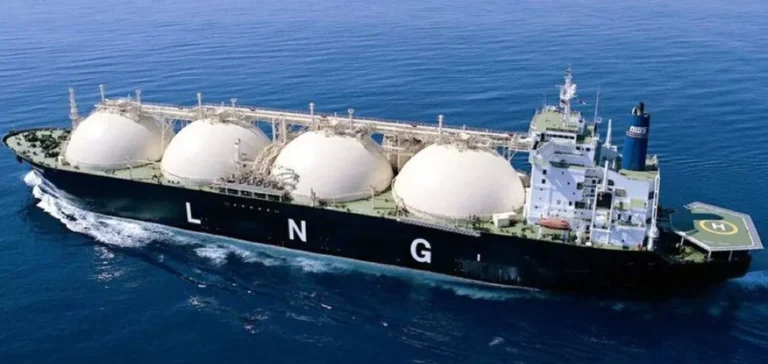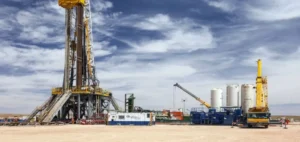Natural gas use for electricity generation in Germany has reached its highest level since 2021, complicating efforts to rebuild gas reserves across the continent. This trend weakens regional supply security as seasonal demand is set to peak.
The decline of renewables fuels gas demand
According to data from the London Stock Exchange Group (LSEG), gas-fired electricity production in Germany reached 41.6 terawatt hours between January and October 2025, a 15% increase compared to the same period in 2024. This rise is primarily due to a prolonged drop in wind and hydropower production, driven by unfavourable weather conditions.
The share of gas in the national energy mix stood at 19% over the first ten months of the year, compared with 15% in 2022. Germany, formerly the main importer of Russian gas, has partly offset the loss of that supply with increased imports of liquefied natural gas (LNG), at a higher cost.
Insufficient stocks for the winter season
Germany’s gas storage facilities are currently 86% full, a level below the three-year average of 108% for the same period. This shortfall impacts the entire European Union, as Germany accounts for nearly one quarter of the continent’s gas storage capacity.
At the European level, reserves are only 83% full, compared to an average of 96.5% at this time of year since 2022. This gap could amplify electricity market price volatility if demand outpaces current generation capacity.
Unfavourable wind forecasts for November
LSEG forecasts anticipate wind power generation to remain 45% below normal through 18 November. This trend increases the likelihood of continued reliance on gas in the absence of sufficient renewable supply to meet peak winter demand.
Wind power production in the first ten months of 2025 fell by 4% year-on-year. At the same time, combined output from wind and hydro assets declined by 7%, reaching the lowest level since 2022.
Persistent pressure on gas imports
To offset the shortfall in renewable supply, German producers also increased coal usage, with output rising by 4% year-on-year. Total fossil fuel-based electricity generation rose by 6%, according to LSEG data.
Although long-term forecasts suggest a gradual return to average wind production levels by spring 2026, uncertainty remains over the ability of renewable capacity to stabilise energy supply. Another extended period of weak wind output may force operators to draw further on gas reserves, intensifying market pressure.






















